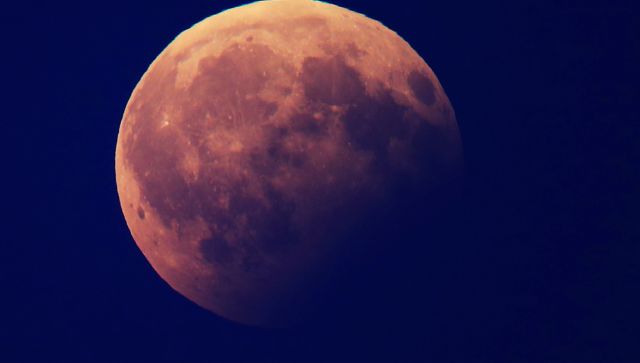Skygazers are eagerly waiting to witness a partial lunar eclipse which is set to occur on Saturday (28 October) and Sunday (29 October). This celestial experience is happening just 14 days after the “ring of fire” solar eclipse took place on 14 October. The partial lunar eclipse will be visible across India, the Western Pacific Ocean, Australia, Asia, Europe, Africa, eastern South America, north–eastern North America, the Atlantic Ocean, the Indian Ocean and the South Pacific Ocean. Notably, the first full Moon after the Harvest Moon, called Hunter’s Moon, is also happening tonight. Lunar eclipses occur when the Sun, the Earth and the Moon align, leading to the Earth’s shadow falling on the lunar surface. When the Moon is entirely under Earth’s shadow, it’s a total lunar eclipse. A partial lunar eclipse is where only a part of the Moon is within the Earth’s shadow. The Moon will enter the penumbra, where it will pass through an outer region of the Earth’s shadow, at midnight of the intervening night between 28-29 October. Our planet’s only natural satellite will be covered by the umbra, which is the darkest part of the Earth’s shadow, at 1.45 am. During this phase, the Moon can appear reddish or copper, also known as a ‘ blood Moon ’.
Before the celestial spectacle kickstarts later tonight, let’s learn through graphics what happens during lunar eclipses.
All creatives designed by Network18


)

)
)
)
)
)
)
)
)



